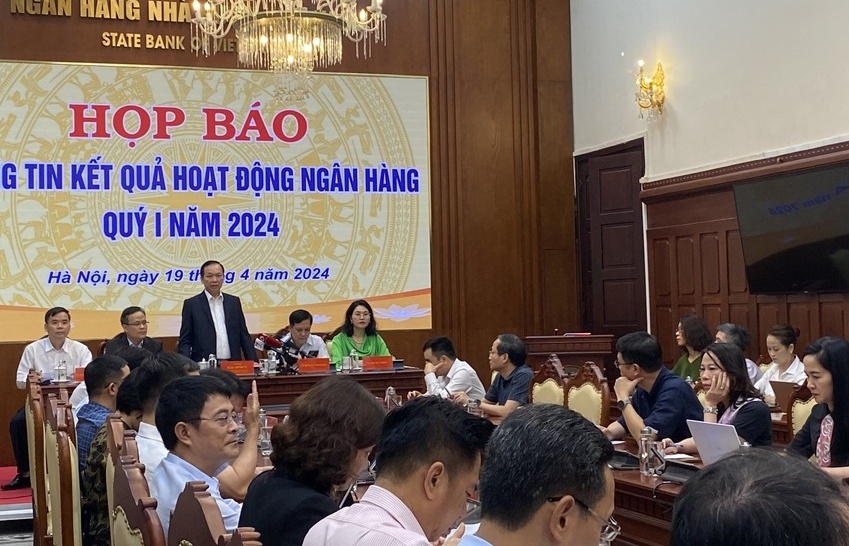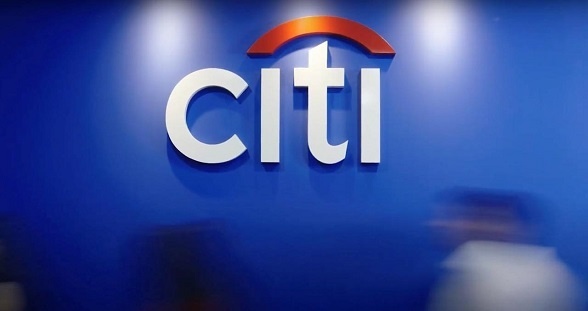Government alleviates public debt concerns
 |
| The government assures legislators that public debt is under successful management |
Lawmakers have expressed great concerns over the country’s growing public debt, affecting national financial security. They also asked the government to take drastic measures to effectively tackle public debt.
However, Deputy Prime Minister Vuong Dinh Hue reassured them by announcing that the public debt situation “is getting better.”
“The public debt rate is 62.6 per cent of the GDP now, with the government’s debt at 51.8 per cent of the GDP, both lower than the respective permissible limits of 65 and 54 per cent set by the National Assembly,” Hue announced.
“The government and the prime minister has made thorough calculations, and see that the public debt cap is just one factor. The most important thing is our ability to repay this debt,” Hue said.
Minister of Finance Dinh Tien Dung also reported to the legislature that the rise in public debt is slowing down.
“The debt increase has eased down from 18.4 per cent per year in the 2011-2015 period to 15 per cent in 2015 and to only 9 per cent this year. We are slowing down the public debt successfully,” Dung said.
“I would affirm that the public debt for 2015, 2016, and 2017 remains within the safety limit set by the National Assembly. We are controlling the public debt effectively,” he continued.
Over the past many years, the government’s fiscal policy was fraught with ineffectiveness, resulting in serious fiscal imbalances. This has led to overspending year after year.
The budget deficit rose from 4.4 per cent of the GDP in 2011 to 5.36 per cent in 2012, and 6.6 per cent in 2013. It decreased to 6.33 per cent in 2014, 6.11 per cent in 2015, and about 6 per cent last year.
Still, the government has reported to the National Assembly that in 2017, it is expected that the total state budget deficit will be about 3.42 per cent of the GDP, or VND174.3 trillion ($7.92 billion)—lower than the permissible limit of 3.5 per cent set earlier by the National Assembly, and also the lowest in the past ten years.
In late 2016, the legislature set a target of VND178.3 trillion ($8.1 billion) for state budget deficit.
One of the key reasons for the high overspending in the previous years was that recurrent spending remained at a high level.
“However, encouragingly, the recurrent spending rate has reduced from about 70 per cent of the total budget expenditure to 64.9 per cent this year. The rate is expected to come down to 64.1 per cent next year and below 64 per cent over the next years,” Hue said.
Efforts by the Vietnamese government to reduce the state budget deficit have been applauded by the Asian Development Bank (ADB).
In its recent update on the Vietnamese economy, ADB stated that the government has made “very good results in reducing state budget deficit,” and “the state budget revenue has been strongly increasing.”
“As revenue growth exceeds expectations, the government’s target of trimming the budget deficit to the equivalent of 3.5 per cent of the GDP in 2017 and 4 per cent in 2018 looks broadly attainable,” said Eric Sidgwick, ADB country director for Vietnam.
What the stars mean:
★ Poor ★ ★ Promising ★★★ Good ★★★★ Very good ★★★★★ Exceptional
Latest News
More News
- Green finance discord to be addressed (April 16, 2024 | 09:48)
- More vibrant corporate bond market anticipated (April 16, 2024 | 09:40)
- MB secures prestigious software and IT service awards (April 16, 2024 | 09:39)
- Opportunities to unlock in Vietnam’s green finance arena (April 16, 2024 | 09:38)
- Interest rates likely to remain fairly levelled (April 16, 2024 | 09:25)
- UOB Vietnam partners with Betrimex on sustainability (April 15, 2024 | 15:41)
- Listing ambitions of Vietnamese banks backed by leaders (April 15, 2024 | 15:23)
- Cryptocurrency is not banned in Vietnam: Ministry (April 15, 2024 | 09:40)
- SBV to increase gold bar supply to stabilise domestic market (April 15, 2024 | 08:00)
- Behind the numbers: Techcombank’s vision for growth (April 13, 2024 | 11:00)

















 Mobile Version
Mobile Version